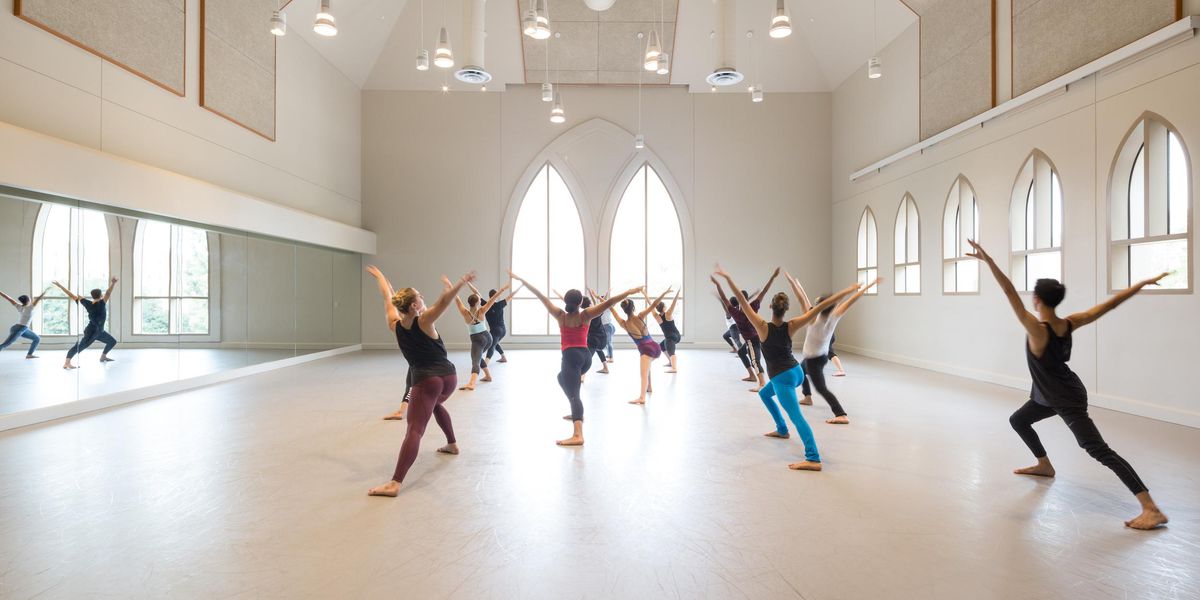How Dancers Perform At Their Peak in High Elevation
Touring always comes with challenges, but traveling to a higher elevation is particularly difficult. When there is less oxygen available, it can affect your endurance and make your muscles tire faster. Some performers even suffer from dizziness, headaches, nausea, shortness of breath and fatigue.
What can you do? Dr. Marc Philippon, an orthopedic surgeon who works with dancers at the Vail Dance Festival—which is 8000 feet above sea level—offers these tips.
• Before you leave, increase your cardio cross-training to boost your endurance.
• Arrive early, if possible. Spend at least one day avoiding exercise and getting as much sleep as possible.
• Drink lots of fluids. Coconut water or sports drinks are particularly helpful to replace lost electrolytes.
• Avoid alcohol—it slows down the acclimatization process.
• Don’t smoke.
• Eat a high-carb, low-salt diet to keep your fluids at optimal levels.
• If you’ve experienced mountain sickness before or have anemia, ask your doctor for medication.
• Use the oxygen tanks whenever you’re backstage.
• If you feel dizzy, have a hard time catching your breath or experience headaches that won’t go away, see a doctor





